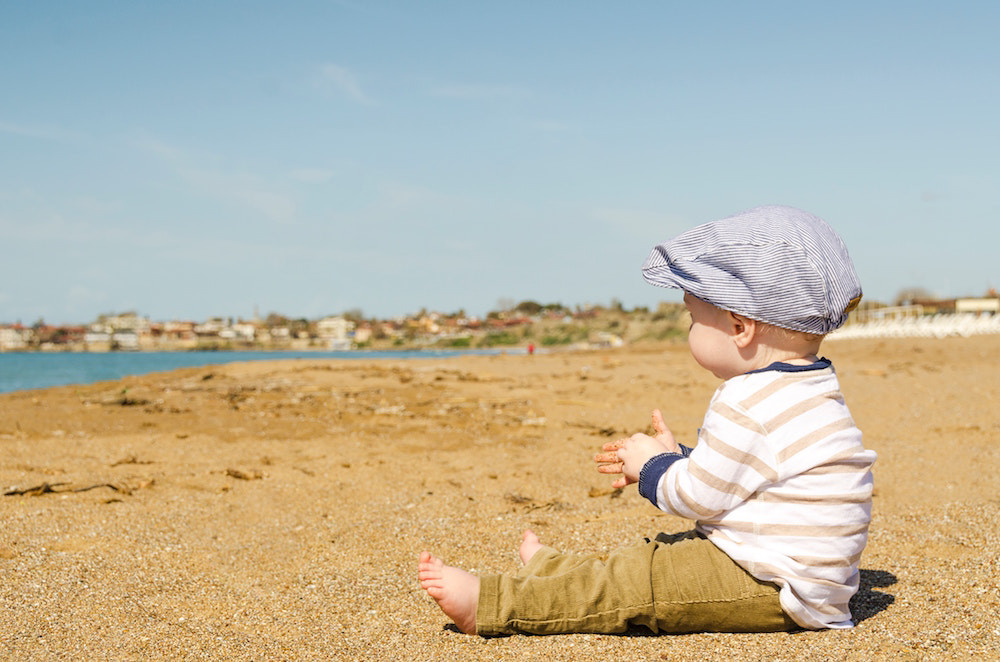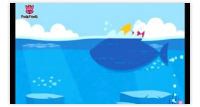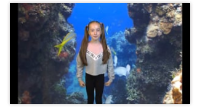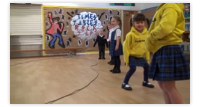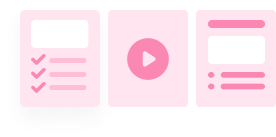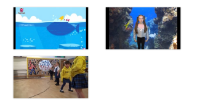Seaside & Under the Sea Level: Early Grades - Creative music
Music Lesson Description
Sounds Fishy! (timbre)
First divide the children into groups of fish, waves, shells and birds. In their groups, the children first experiment with 'found sounds' to represent their sea persona. Have materials and suggestions - things to scrape, rattle, rustle and ting such as wafting paper, peas in a tambourine or large box rolling from side to side, an empty crisp packet, a pencil tinging a metal container.
When you talk with the children, compare one sound with a different one and say, 'This sound has a different timbre from that one' (timbre is pronounced tambrah). The children will begin to understand the word through the context.
The children need to practise making their sound three times in a row. Now they can sing The Fish in the Sea again, making their sound (fish, waves, shells or birds) only when it's their word eg swim, swim, swim. Next time they sing the song, they can omit those words and, instead, make the sound.
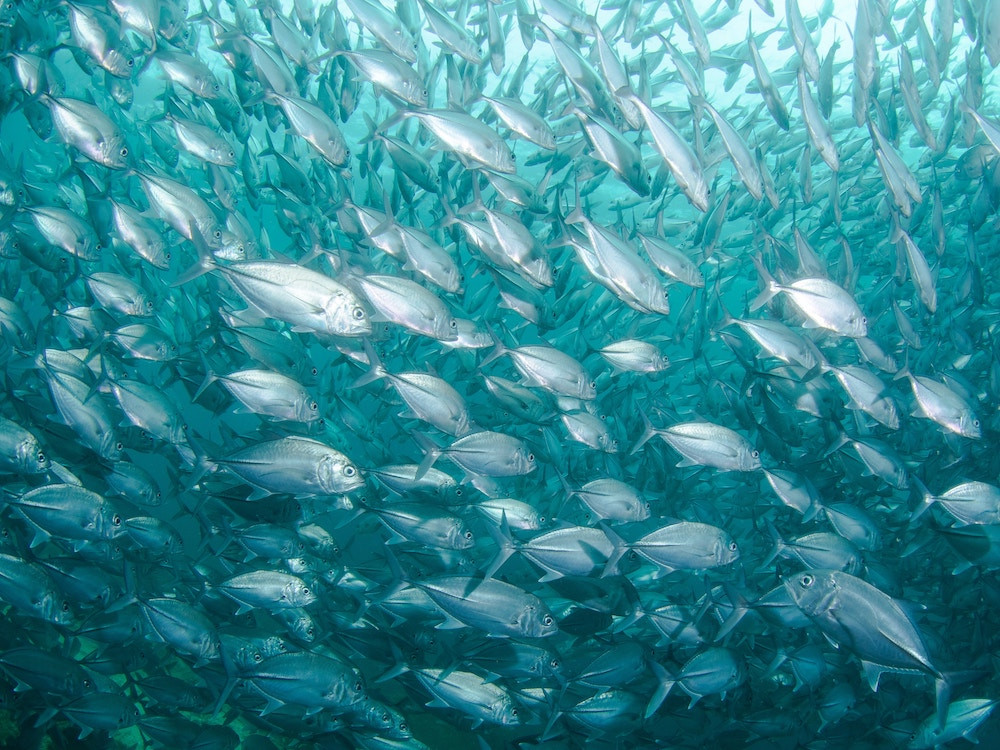
A Sea Sound Picture
Collect together lots of seaside items that can make a sound eg a spade against a bucket, pebbles in a bag, a bouncy beach ball. Ask the children to choose a seaside sound that they can make as part of a seaside sound picture in which they take turns to make sounds and also make sounds at the same time, just like it would be on the beach. Encourage creativity with vocal sounds, found sounds (eg pouring water into a bucket) and body sounds too. Make a recording of the sound picture for the children to listen to.
Here is one we made earlier! We used: walking on gravel, bouncing a ball, pouring water, shaking shells in a bag, picking up and putting down large pebbles, vocal sshhh sounds and blowing sounds for the breeze. Shall I tell you or not? ... We cheated a bit by using a rainstick and the passing car is there because we recorded it outside.
